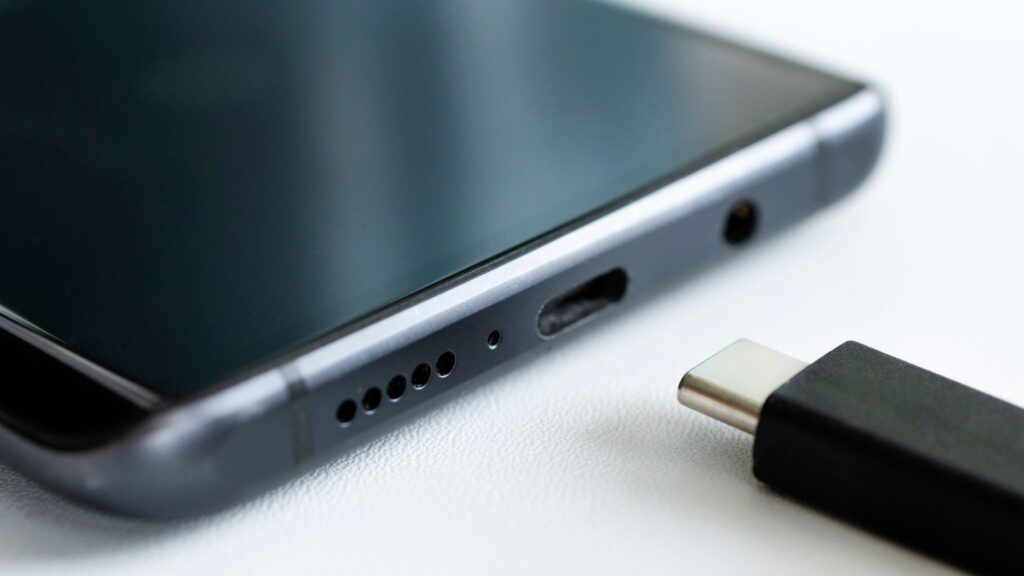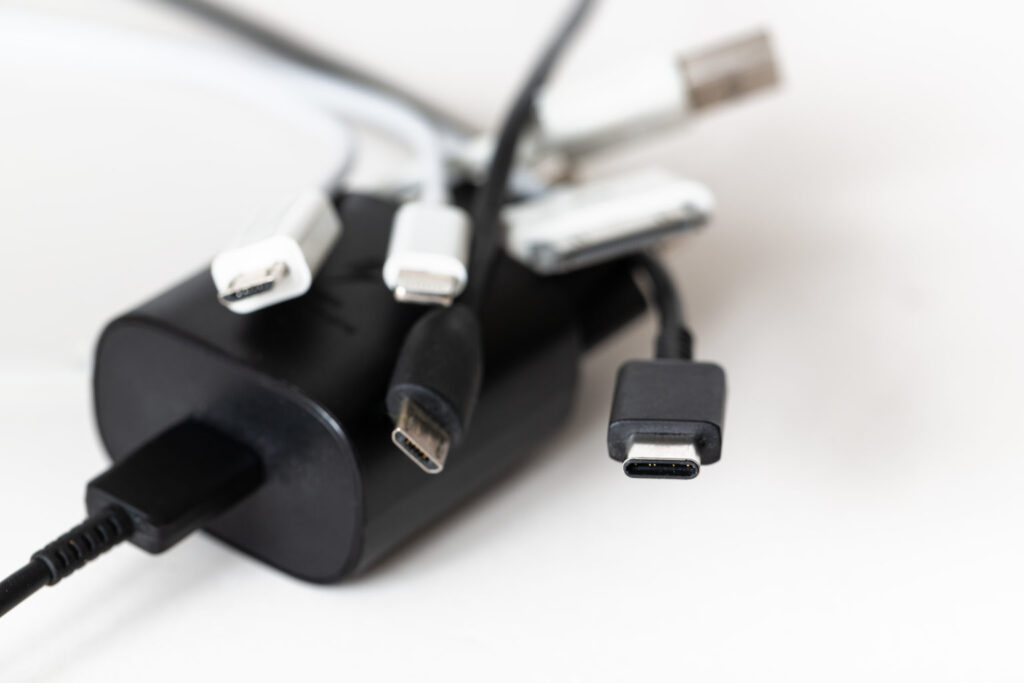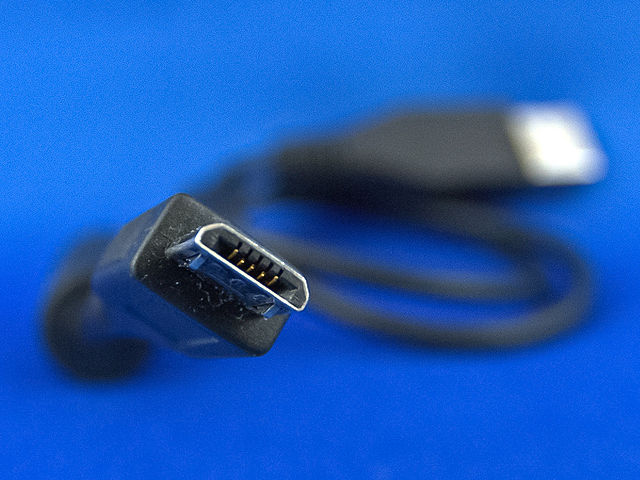EU Directive: Phone Chargers Must Switch to USB-C by End of 2024

In early October 2022, most members of the European Parliament voted to use USB-C as the standard charging port for various electronic devices, including AirPods and iPhones, by 2024. They will enforce the directive 20 days after it is published in the EU Official Journal, and the requirements will apply to new devices within two years. The directive’s needs will not apply to products that were available in the market before the application of the directive. They will be allowed to continue their sales after the directive’s implementation.
The EU directive compels all manufacturers of consumer electronics that sell their products in Europe to feature the USB-C port, which affects Apple products since the company uses their Lightning connector rather than USB-C. Members of the European Parliament believe that the switch will allow the convenient use of different devices, deal with product sustainability, and reduce electronic waste.

Target date: End of 2024
Manufacturers of rechargeable electronic devices such as cameras, tablets, and mobile phones have until the end of 2024 to comply with the EU directive. From the first quarter of 2026, the directive will apply to laptops. According to the EU parliament press release, the order is part of the EU’s effort to empower consumers with more sustainable choices.
Why the switch?
The directive says that using the USB Type-C charger port eliminates the need for a different charger every time a consumer purchases a new electronic device. Instead, they can use one charger for their various portable devices.
The directive covers a list of products, such as:
- Laptops
- Earbuds
- Portable navigation systems
- Mice
- Keyboards
- E-readers
- Portable speakers
- Handheld videogame consoles
- Headsets and headphones
- Digital cameras
- Tablets
- New mobile phones
Regarding these products, the directive explains that it covers rechargeable devices using a wired cable that runs on a power delivery of more than 100 watts.
The switch also means that all affected devices supporting fast charging will have a similar charging speed. Therefore, consumers benefit from charging all their devices at the same speed, using a charger that is compatible with the devices.
Of course, exemptions exist, as some devices are too small to use a USB-C port, such as sports equipment, health trackers, and smartwatches. But over time, the legislation will cover other devices. Another thing that the directive specifies is for manufacturers to inform consumers clearly about the charging requirements of the device through the addition of dedicated labels.
Further, the EU wants to ensure that wireless charging solutions for new devices are interoperable as technology changes. Therefore, the directive gives the European Commission the power to develop delegated acts at the end of 2024 that will compel manufacturers to make their proprietary wireless charging systems more open to meet standards of interoperability. With this action, manufacturers cannot lock consumers in custom charging solutions.
Is the transition necessary?
According to the experts, using a USB Type C port is vital because it will simplify the life of consumers. First, consumers can use the USB-C port for charging and data transfer. The unit will have a uniform port design that will be universal to all new rechargeable electronic devices. Since the consumer will only need one charger, it is easier to carry around instead of bringing the chargers for every type of device they own. USB-C is easier to use because it does not have to conform to the upside-down design of a micro-USB. Most of them are also capable of faster data transfer and charging speeds.
If some of your devices already have a USB-C port, you can get a USB-C wall charger/power plug or a USB-C OTG to USB (female) adapter so you can charge your devices that do not have the USB-C feature. Inevitably, you will purchase devices with one type of USB charging port, which will not require you to use adapters.
